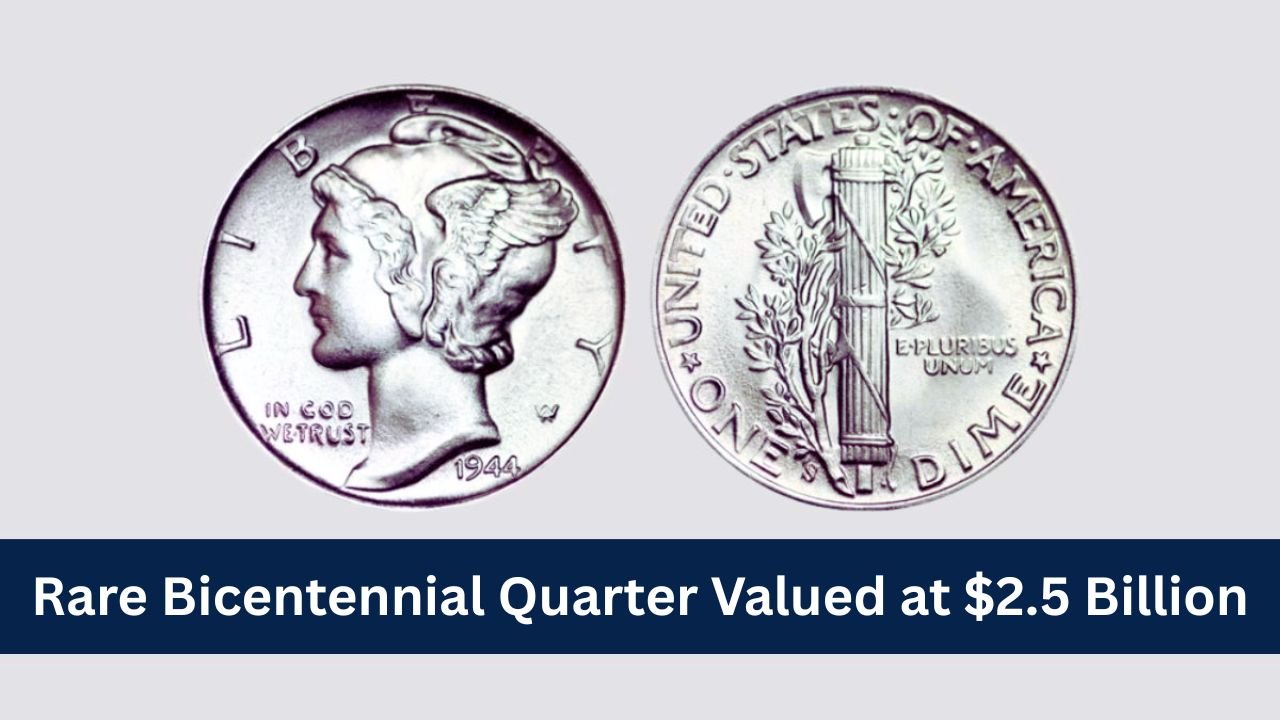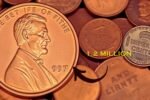A Coin That Sparks Dreams
The claim that a 1976 Bicentennial Quarter is valued at $2.5 billion and still circulating has taken X by storm, with posts citing sources like newzrank.com and mmccollegeadmission.in fueling the frenzy. Minted to celebrate the U.S.’s 200th anniversary, this quarter features a colonial drummer and dual dates “1776-1976.” While most are worth 25 cents, rare error variants or high-grade specimens have sold for thousands, prompting speculation of a mega-valuable outlier. However, no credible record supports a $2.5 billion valuation, making this claim highly suspect. Let’s explore the real story behind the Bicentennial Quarter’s value.
Why Some Quarters Are Special
The U.S. Mint produced over 1.6 billion Bicentennial Quarters in 1975-1976 across Philadelphia (809M), Denver (860M), and San Francisco (11M silver, 7M clad proof). Most are copper-nickel clad (5.67g), but 40% silver versions (5.75g, San Francisco) were sold in collector sets. Rare variants with minting errors—double dies, off-center strikes, or missing inscriptions—drive value. For example, a 1976-S Silver Proof sold for $19,200 in 2019, and a 1976-D Clad Double Die Obverse fetched $8,400 in 2023. The $2.5 billion figure, cited by newztodayup.com, lacks auction evidence and likely exaggerates values of error coins or confuses them with other rarities like the 1943 Copper Penny ($1.7M).
True Values & Auction Records
Here’s what Bicentennial Quarters have actually sold for, per verified data:
- 1976-S Silver Proof (MS69): $19,200 (2019)
- 1976-S Silver Proof Deep Cameo: $2,760 (2007)
- 1976-D Clad DDO (MS67): $8,400 (2023)
- 1976-D Clad Regular Strike (MS67+): $6,463 (2017)
- Double Denomination (Quarter on Dime): $9,200 (2020)
High-grade (MS66-MS68) clad coins fetch $15-$2,350, while silver proofs can reach $20,000 in pristine condition. The $2.5 billion claim, echoed on apnmrc.in, is unverified and far exceeds the $408,000 record for a 1944-S Steel Penny. Experts like Rebecca Martinez note that condition, mint marks, and errors determine value, not fantastical billion-dollar estimates.
How to Spot a Valuable Quarter
To check if your Bicentennial Quarter is valuable:
- Date & Design: Confirm “1776-1976” and colonial drummer reverse.
- Mint Mark: Look for “S” (San Francisco, silver/proof), “D” (Denver), or none (Philadelphia) below Washington’s neck.
- Errors: Inspect for double dies (blurry “LIBERTY” or “IN GOD WE TRUST”), off-center strikes, or missing letters using a magnifying glass.
- Weight: Silver quarters (5.75g) are heavier than clad (5.67g); use a precision scale.
- Condition: Uncirculated coins (no wear) or MS65+ grades are worth more.
Authenticate finds via PCGS or NGC to rule out counterfeits.
Could It Be in Your Pocket?
With 1.7 billion minted, Bicentennial Quarters are common in circulation, but error coins are exceedingly rare, likely numbering in the dozens. Most are in collections or spotted by dealers, making a $2.5 billion find in change improbable. Claims of billion-dollar values, as seen on wbza.co.in, stem from unverified sources and conflate error coin rarity with exaggerated estimates. Still, checking spare change for errors or silver versions (heavier, golden hue) could yield coins worth $50-$19,200.
The Real Treasure Hunt
The Bicentennial Quarter’s $2.5 billion valuation is a myth, unsupported by auction records or numismatic data. Real values for rare variants range from $1,821 to $19,200, with exceptional errors potentially hitting six figures. Visit pcgs.com or ngccoin.com for grading and pricing guides. The quarter’s historical charm—celebrating America’s 200th birthday—makes it a collector’s gem, but don’t expect billions. Keep hunting your change; a $10,000 error coin is thrilling enough



